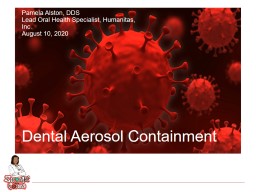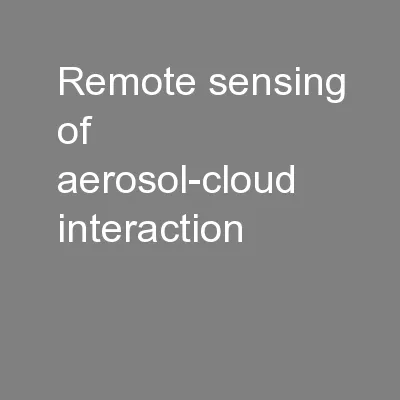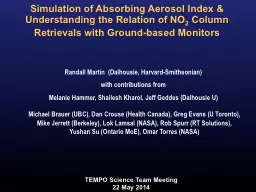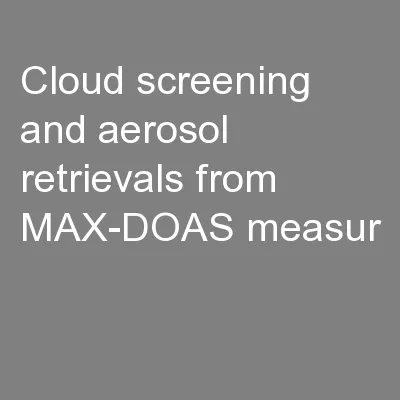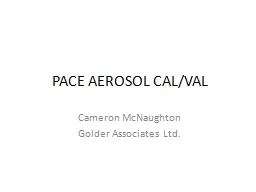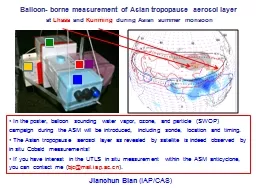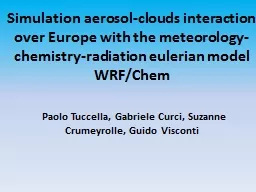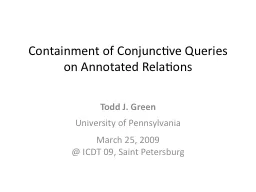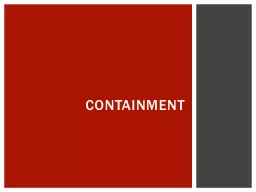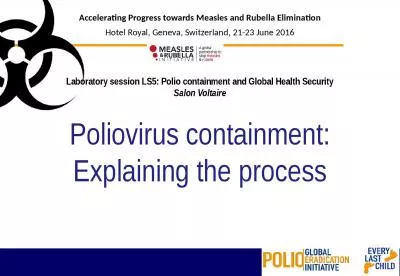PPT-Dental Aerosol Containment
Author : jacey | Published Date : 2024-03-13
Pamela Alston DDS Lead Oral Health Specialist Humanitas Inc August 10 2020 Dental Facilities Dentistry work tasks associated with exposure risk levels Lower caution
Presentation Embed Code
Download Presentation
Download Presentation The PPT/PDF document "Dental Aerosol Containment" is the property of its rightful owner. Permission is granted to download and print the materials on this website for personal, non-commercial use only, and to display it on your personal computer provided you do not modify the materials and that you retain all copyright notices contained in the materials. By downloading content from our website, you accept the terms of this agreement.
Dental Aerosol Containment: Transcript
Download Rules Of Document
"Dental Aerosol Containment"The content belongs to its owner. You may download and print it for personal use, without modification, and keep all copyright notices. By downloading, you agree to these terms.
Related Documents

